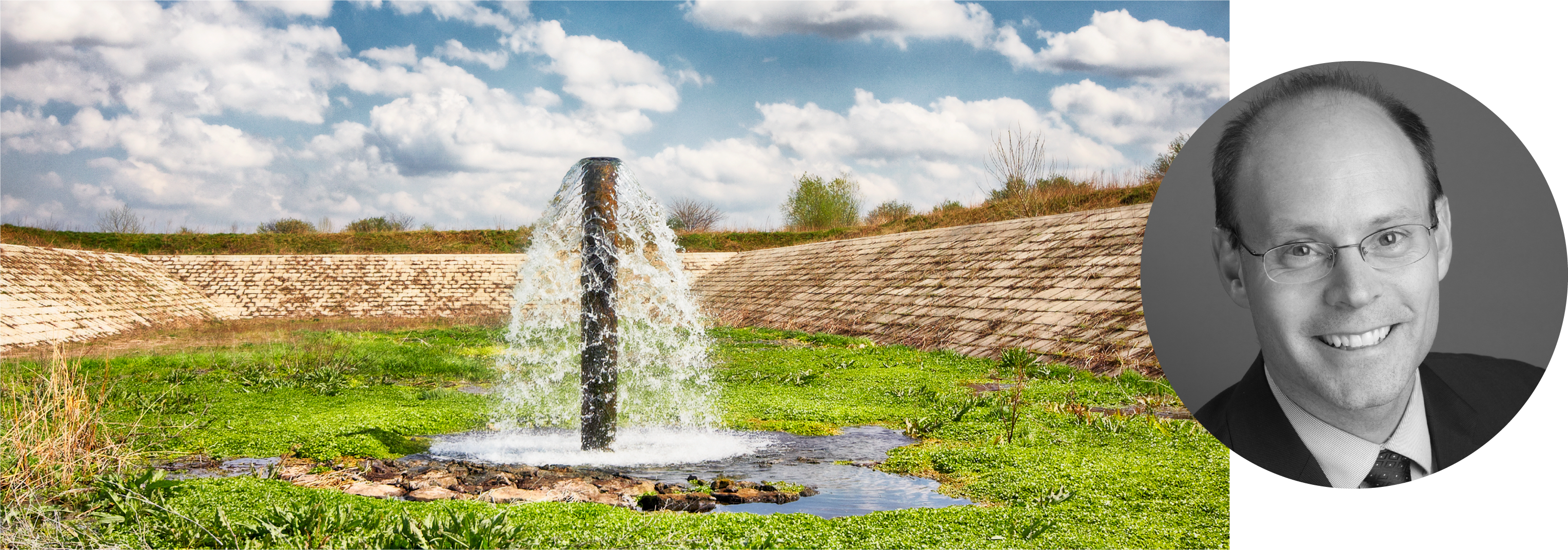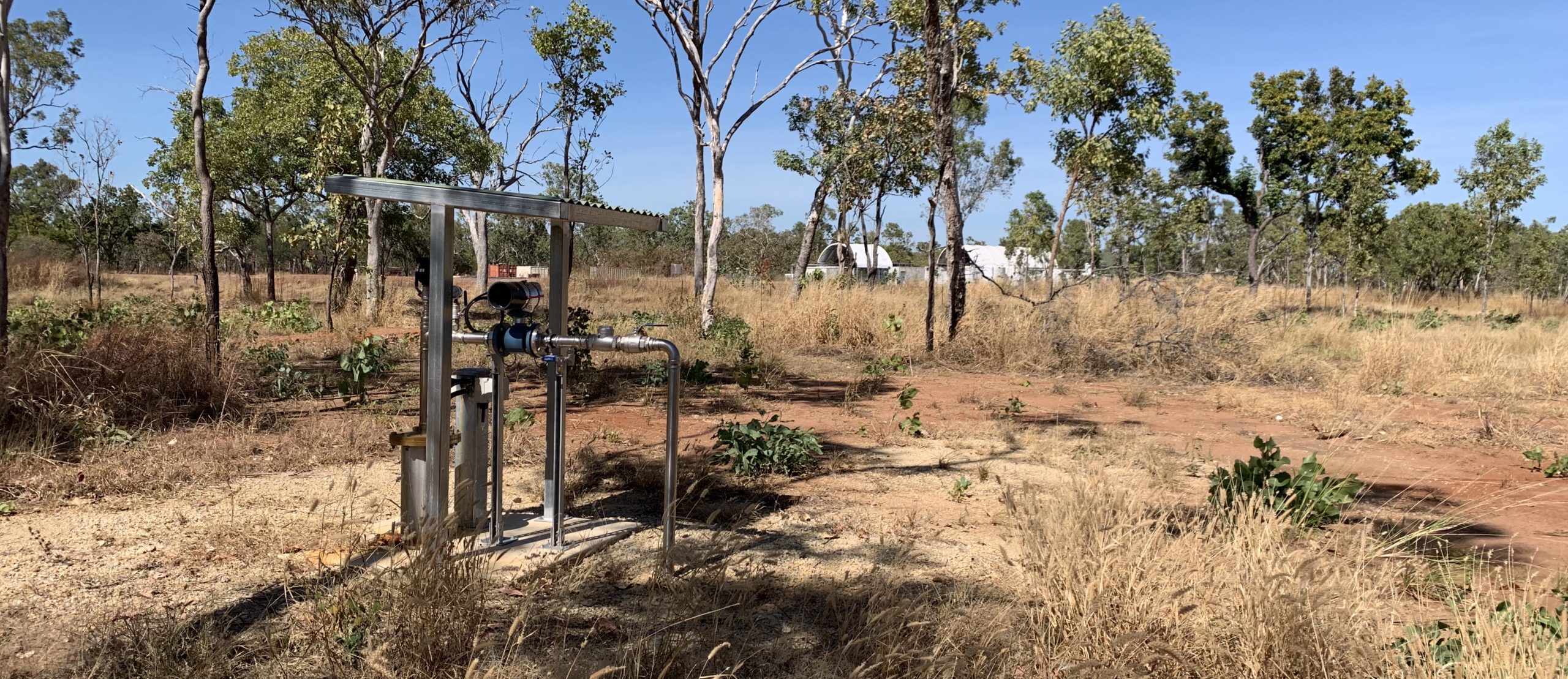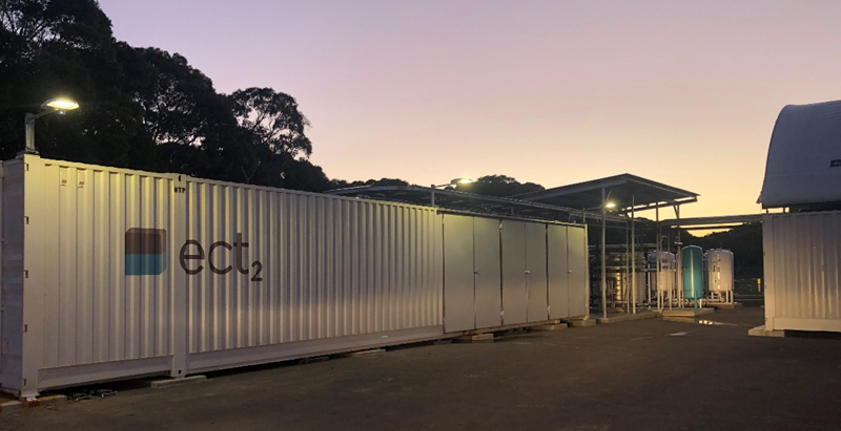
Groundwater Treatment
Regulatory Action Plans
and Initiatives

Water in below-ground aquifers can become contaminated by PFAS through several sources, including the historical use of products containing PFAS such as aqueous film forming foam (AFFF), spills of PFAS-containing products, leakage of PFAS from leachate in landfills, and release from manufacturing plants that use PFAS in their processes. Environmental authorities around the globe have implemented regulations, guidelines, action plans and other similar management initiatives to address potential risks to human health and the environment resulting from PFAS-contaminated groundwater. The US Environmental Protection Agency (EPA) has initiated the process to designate PFOA and PFOS as hazardous substances, which would extend Comprehensive Environmental Response, Compensation, and Liability Act (CERCLA) order and cost recovery authorities to address contamination, applying the polluter pays principle, but already has response authority where there may be an imminent and substantial endangerment to public health. Similarly, Australian regulatory authorities apply a precautionary principle in circumstances where there are potential threats to human health or threats of serious or irreversible environmental damage, also employing a polluter pays principle.
Emerging Contaminant
Remediation since 1993

ECT2 provides a full range of products and services for the treatment of contaminated groundwater, including bench and pilot studies, design and engineering, temporary systems, permanent systems, installation, construction management, startup and commissioning, and ongoing operating contracts. We have a team of employees with decades of experience in hydrogeology, remedial investigation, and process engineering and design, and our operations experience provides outstanding insight into the design challenges likely to be encountered in any groundwater project. Since 2013 we have implemented hundreds of single use and regenerable treatment systems, worldwide, that have treated billions of liters of PFAS-contaminated water, including five SORBIX RePURE groundwater treatment systems in Australia and a full-scale SORBIX RePURE regenerable treatment system at the former Pease AFB in Portsmouth, New Hampshire. We have also installed groundwater treatment systems for treatment of chlorinated VOCs and 1,4-dioxane at facilities located in Florida, Massachusetts, New York, Maryland, Louisiana, New Hampshire, Arizona, and California.
Treatment to
Near Non-detect

Contaminant concentrations at groundwater remediation sites are often very high, and the treatment systems are generally required to reduce these concentrations to levels that meet drinking water criteria. In addition, plume control is an important component of the remediation strategy, along with the treatment of other contaminants that may be present in PFAS-contaminated groundwater. ECT2 offers two PFAS treatment options to best meet the project requirements. For PFAS concentrations in the ng/L (ppt) range, our products utilizing our SORBIX PURE single-use ion exchange resins provide up to 15x the capacity of GAC systems, with a footprint that is as small as one-half the size. For PFAS concentrations at or above 10 ppb, our patented SORBIX RePURE regenerable ion exchange system offers the best overall performance with the least amount of waste on the market. Either of these resins can be utilized in our Series M product line, which can be efficiently packaged in CONEX shipping containers for groundwater remediation. Developed specifically for quick-turn projects, the Series M turnkey systems arrive on site ready to operate, following hookup with utilities and the contaminated water source.
Meer informatie? > Neem contact met ons op!
Case Studies:
Providing Safe Drinking Water to a Rural Community Impacted by PFAS
PFAS was detected in samples pulled from drinking water in the town of Maysville, NC. ECT2 was contacted by engineering firm, TRC, to provide a solution to treat the contaminated water to safe drinking levels.
Content:
Commercial Airport Uses SORBIX™ PURE from ECT2 to Clean Up Its PFAS
A commercial airport in Scandinavia came to us for help after finding PFAS – including harder-to-treat short chains – in its groundwater.
